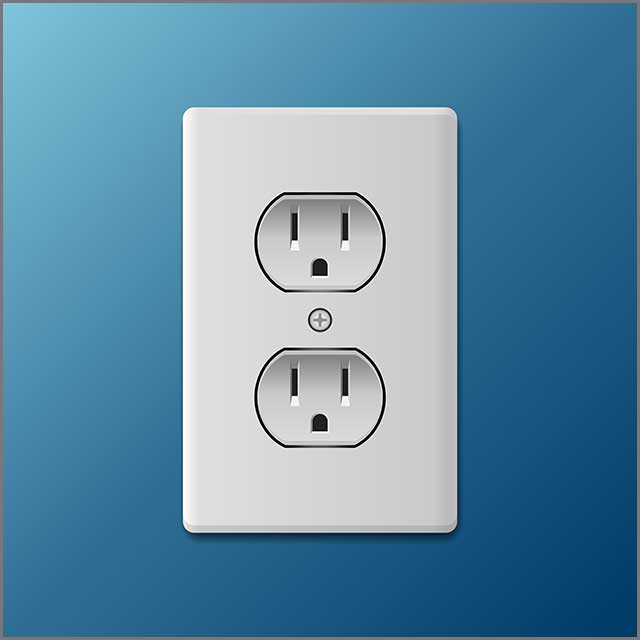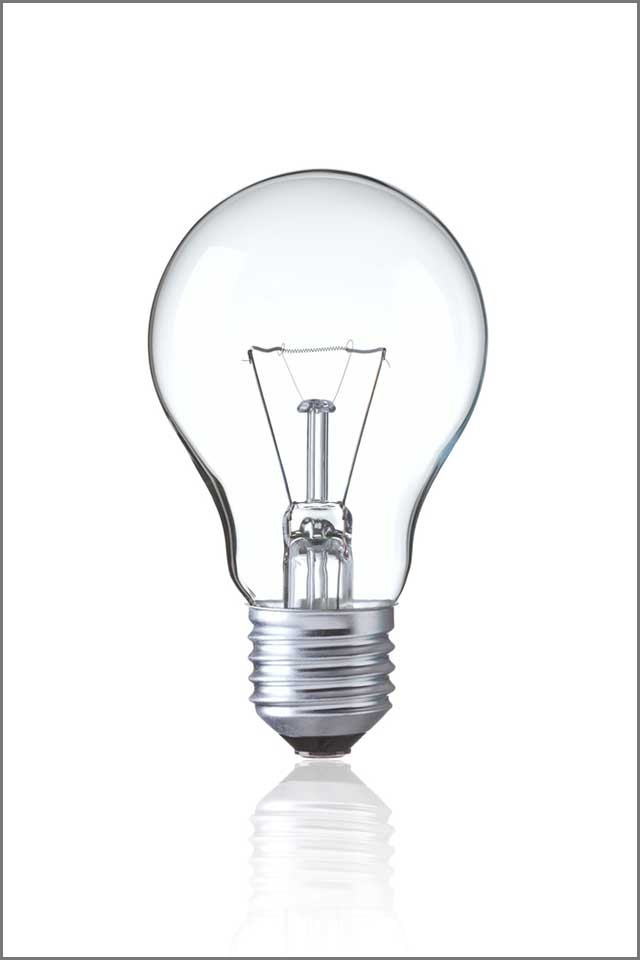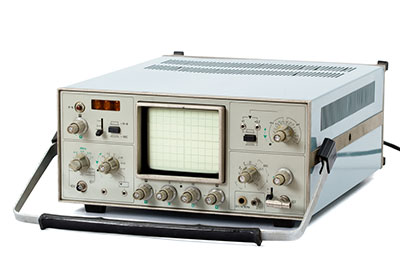Electric Current has become a critical component of our everyday lives.
Since the discovery of electricity, the world has come to patronize it almost more than every other scientific invention.
When was electricity discovered? How is it produced? What was the motive behind its discovery?
Who was the Key player in its discovery?
These are exciting facts we are going to find out in this article. Not just that alone. We will also move into the text's gamut, which looks at the two major electric current types – Alternating Current and Direct Current.
The purpose of this study is to expound on the subject of electric Current. Over time, the electric current has continued to come through several evolutions.
Moreover, that is not just it. Since the invention of electricity, it has enjoyed significant patronage. Ninety-nine percent of appliances make use of electric current to function.
It has made electric Current an exciting field of endeavor, concern, and study.
Contents
- 1、Electricity
- 2、Electric Current
- 3、Understanding Electric Circuits
- 4、AC versus DC
- What is AC?
- What is DC?
- AC versus DC Current
- You can carry the amount of Current:
- The direction of flow of electrons:
- Frequency:
- The direction of the current:
- Current
- Flow of Electrons
- Source
- 5、AC versus DC power
- 6、AC versus DC motor
- 7、AC vs. DC welding
- 8、AC vs. DC coupling
- 9、AC vs. DC--Generator
- AC Generator
- DC Generator
- 10、AC vs. DC--safety
- 11、AC vs. DC--Circuits
- 12、AC vs. DC--Conclusion
Special Offer: Get $100 off your order!
Please email [email protected] for details.
1、Electricity
There is no way we can talk about Current without first discussing the topic of electricity. It is because Current and electricity are two inseparable entities.
An in-depth understanding of electricity will help us better appreciate the concept of currency and its variations.
Let us now take a quick peek into the background of electricity.
The first jeer at electricity in our world came from electric fish. Early humans noticed some form of electric charge in the fish when touched.
That attracted scientists to ask more questions. In asking more and more questions, they came to see that lightning also carries its fair share of electric charges.
All these happened as early as the 16th century. It was not until the 17th and 18th centuries that studies in electricity and magnetism began to take shape and form. In all these findings, when the charge is released, it produces an electric field, positive or negative. The movement of the electric field's leaders gives us electric Current. As such, generating a magnetic field, little wonder why the two terms – electricity and magnetism- are seemingly inseparable.
Having laid the background, let us now move on to electric Current.
 Image 1: AC vs.DC
Image 1: AC vs.DC
2、Electric Current
What is an electric current? Simply put, an electric current is the flow of charges. The electric current moves through an electric circuit that guarantees smooth flow through moving electrons in a conductor.
This conductor can also be ions present in an electrolyte or even a combination of electrons and ions found in an ionized gas. The heating caused by electric currents produces light in incandescent light bulbs. Through all of this heat and light production, an electric field is created, and it is found and used to power generators, motors, and inductors.
Measure this Current. Current, like every other item, is measured. The unit of measure for electric Current is ampere. The ampere refers to the ability to flow electric charge through or across a surface at a measurable rate of one coulomb per second. A device has used the ammeter. When particles of charge move, they are referred to as charge carriers. One or more electrons in the metal loosely bond with the atoms they are in, which allows them to move freely within the metal.
It is instructive to note that we have two types of Current. These are AC and DC. Though they are both current flows, they each have their preferences, and each has its unique qualities, peculiarities, and capabilities. Further, the article will shed more light on what they mean and entail.
3、Understanding Electric Circuits
What is the circuit? A circuit is a path through which electric Current flows. This electric Current flowing through a course depends on the voltage at both ends of the circuit. Water flows from a higher to a lower level; pressure flows from a region of higher concentration to an area of lower concentration; and so on.
It is the same with almost anything that involves flow. Like all other materials flowing from a higher region to a lower part, Current flows from a higher to a lower voltage.
If we look closely at any power source, whether a battery (DC power source) or an electric plug (ACTIVITIES power source), we will discover they have two terminals.
These two terminals are labeled positive (or +) and negative (or -). Ensure that the circuit flows through the course; the positive terminal has a higher voltage value or reading than the negative terminal. Known in most circuit diagrams, you will notice that the negative terminal often carries zero volts. In contrast, the positive terminal takes the volume of volts assigned to that power source.
This means that for the circuit to function, there will be a flow of volt from the positive terminal of the power source (which carries higher voltage) through the course and terminating at the negative terminal (which has lower voltage). It is how the circuit works, functions, and operates.
 Image 2: AC vs.DC
Image 2: AC vs.DC
4、AC versus DC
What is AC?
AC is an acronym for Alternating Current. Just as the name implies, alternating Current is a sort of Current that alternates its flow periodically. That is to say, its flow continues to change at regular intervals. We can put it this way: alternating Current is a current source that alternates its supply back and forth at regular intervals. It is produced in a wave motion. It oscillates at regular intervals, applying the back and on or wave movement.
What is DC?
DC, on the other hand, is an acronym for Direct Current. Direct Current is a kind of current flow that is direct. This supply of Current is constant and continues to flow at the same pace and level all through. From this simple definition of Direct Current, you will notice that the oscillating or back-and-forth movements characteristic of the Alternating Current are not present here.
AC versus DC Current
As mentioned earlier, AC and DC are the primary and only variants of Current. They each have their advantages and disadvantages. When we think of putting both of them side-by-side, we will notice that they have their individual preferences and comparative advantage at several points.
Let us highlight some differences between these two currents sequentially:
You can carry the amount of Current:
While it is safe and secure to transfer a large volume of energy over long distances using Alternating Current, this will be impossible where the Current is Direct Current. This is because Direct Current continues to deplete and lose energy as the distance increases.
The direction of flow of electrons:
In an AC circuit, electrons move in continuous rotation and wave-like manner. They continue to oscillate along with the medium of transfer. On the other hand, DC provides a steady and constant flow of Current through a stable magnetic field.
Frequency:
Direct Current does not have a frequency. The oscillating and wave movement of the Alternating Current produces a frequency measured at a range between 50 to 60 Hz, depending on the country in which it is used. Because of its steady supply and the absence of oscillation or waves, it has a frequency of zero Hz.
The direction of the current:
While Direct Current flows in only one direction (otherwise Unidirectional), Alternating Current continues to reverse its flow in a wave-like manner. It produces back-and-forth motion in the AC, called oscillation.
Current
While Alternating Current depicts a magnitude varying with time, the direct current remains constant.
Flow of Electrons
Electrons in a DC circuit flow in one direction simultaneously, while in an AC circuit, they flow back and forth, forward and backward.
Source
AC is generated by the alternator and the main power supply, and the battery and the battery generate the Direct Current.
 Image 3: AC vs.DC
Image 3: AC vs.DC
5、AC versus DC power
Over time, long-distance transmission power is best accomplished by alternating Current. It is only after the power has traveled the distance, at a very high voltage, that it is stepped down at the receiving end by a power transformer and channeled into our homes, offices, and other facilities, and where the need arises, it is converted to Direct Current (DC).
The advantage of transmission of Current over long distances with AC is the ability to step the Current up and down at various stages of the information. Despite this seeming advantage of AC over DC Current about the transfer of high voltage current, where one can conveniently do the step up and step down of the voltage at the necessary points, the comparative advantage of AC over DC in this regard is eroded.
AC power factor lies between 0 and 1; while the DC power factor is always 1
Special Offer: Get $100 off your order!
Please email [email protected] for details.
6、AC versus DC motor
Current is usually produced by an electric motor, irrespective of whether the Current is AC or DC. DC motors have an advantage over AC motors in some regard, and vice versa. DC electric motors are more convenient when you seek the ability to control the engine from an external source.
AC motors allow for very little or no control during their operations. On the other hand, when it involves working in a continuous motion over a long period with little or no interruptions, AC motors come better and perform far outstandingly in this regard.
While DC electric motors are traditionally single-phase, AC motors sometimes come with three or a single-phase. Suffice this to say that AC motors allow for more variables and more flexibility than DC motors.
One interesting similarity between motors is that they both use the same principle of an armature in an electric field. The only difference is that while the DC powers by the rotation of the armature within a constant/static magnetic field, AC motors have the magnetic field in the process while the armature remains stationary.
7、AC vs. DC welding
They are soldering with AC and DC. The difference between the two types of welding is the recommended polarity and the electrodes used. AC welding uses E6011 electrodes, while DC welding uses both E6011 and E6010 electrodes. Suffice it to say that E6010 electrodes can be used for DC welding only, while E6011 electrodes can be used on alternating Current (AC) and direct Current (DC).
It is important to note that alternating Current (AC) flow alternates, moving in waves and going on and off at intervals. Studies have shown that the Current is at zero for one hundred and twenty (120) times within one minute when using AC welding. The E6010 uses a high cellulose sodium type coating, and the E6011 uses a high cellular potassium coating. The potassium coating on the E6011 electrode helps keep the arc ignited during the intervals when the Current from the AC power is at zero.
DC is the preferred polarity for welding because it directly flows Current throughout the welding process.
8、AC vs. DC coupling
AC coupling involves using a capacitor to sieve out the DC signal component from a signal carrying both AC and DC components. For this purpose, the capacitor is inserted into the signal stream.
AC Coupling becomes necessary to sieve out the DC signal, which could disrupt or unsettle the voltage coming in. When the DC component is removed, there is a high possibility of increasing the signal measurement resolution. The process of AC coupling is usually referred to as capacitive coupling.
On the other hand, DC coupling keeps the path open and transparent for both DC and AC signals to flow through. Because of this, free flow is allowed, and no capacitor introduction circuit.
 Image 4: AC vs.DC
Image 4: AC vs.DC
9、AC vs. DC--Generator
AC Generator
AC is produced using an alternator. The alternator operates by spinning a loop of wires within a magnetic field. The continuous spinning causes a flow of Current along the looped wires. The force causing the rotation of the wire can come in various forms. Whether by flowing water, a water turbine, a steam turbine, or even a wind turbine. This continuous rotation of the wire loop causes alterations in current flow, dependent on the magnetic polarity created at each interval.
DC Generator
DC is generated in several ways. These include using DC batteries, converting AC to DC with a device known as a rectifier, or introducing a commutator to an AC generator. The commutator can produce DC through a conversion process.
 Image 5: AC vs.DC
Image 5: AC vs.DC
10、AC vs. DC--safety
DC flows in one direction; that is why it is considered unidirectional. AC, on the other hand, alternates its flow from time to time. Due to its flow change, the electric charge in AC changes direction periodically.
The Current produced by the DC generator remains static, which means 230 volts will always remain 230 volts when it has to do with DC. On the other hand, a current flowing from AC at 230 volts can rise to a level of 325 volts at the peak and sometimes as high as 650 peaks to height.
This Current from AC can pose a high risk because of voltage fluctuation. In the face of electrocution, it is difficult to let go of AC because it activates the body's muscles and causes muscle-clenching activities to the peak.
11、AC vs. DC--Circuits
Both AC and DC circuits have their unique design and outline. Because of the fluctuating nature of an alternating current (AC), there needs to be a resistor in the course to help take care of the fluctuations resulting from the current flow in both directions. It is not necessary for a DC circuit. In a DC circuit, the flow of the Current is unidirectional.
12、AC vs. DC--Conclusion
AC and DC have their unique differences and peculiarities. That notwithstanding, each has its comparative advantage in certain instances. Looking at both currents and their properties as analyzed above, one is quick to notice that each has its sphere and proper niche where it functions and performs better, thus becoming preferable when compared with the other.
Special Offer: Get $100 off your order!
Please email [email protected] for details.







